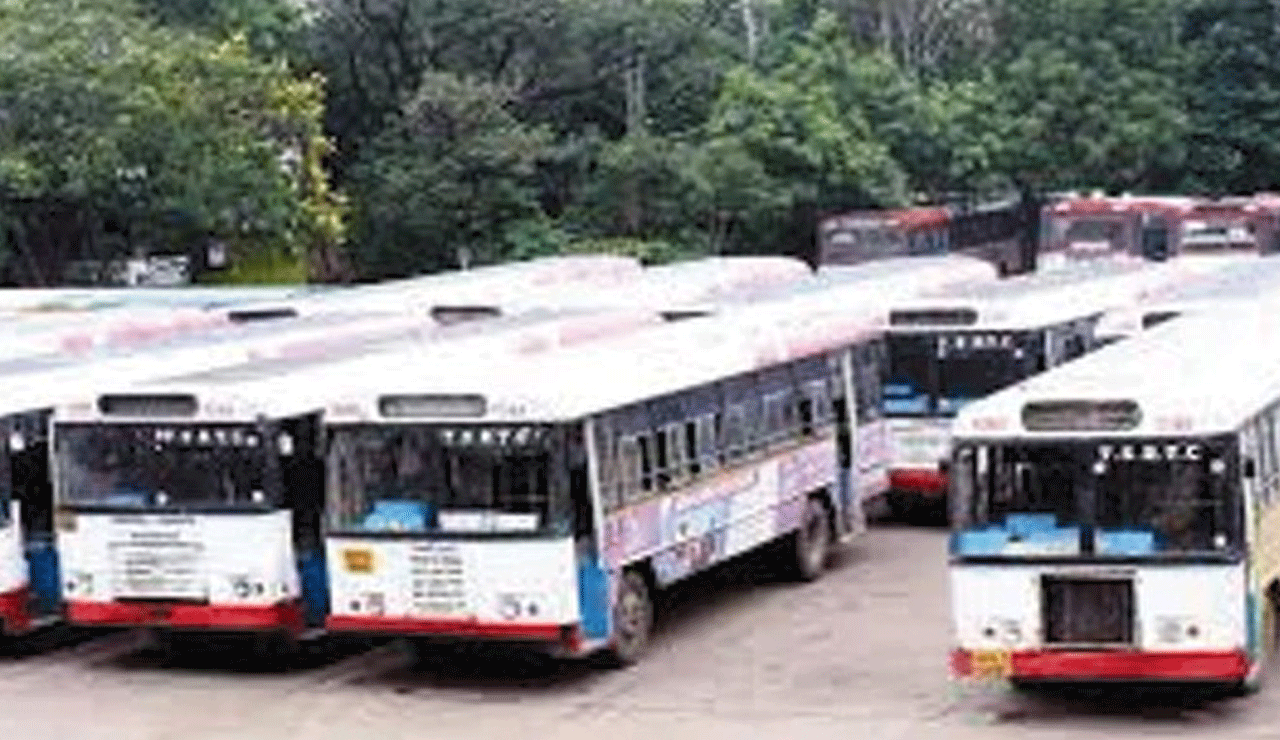100% Commuters, only 60% Buses: Hyderabad’s Public Transport Under Strain
As Hyderabad continues its rapid urban sprawl beyond the Outer Ring Road (ORR) into the Triple-R region, public transport infrastructure has failed to keep pace with expansion.

Hyderabad: As Hyderabad continues its rapid urban sprawl beyond the Outer Ring Road (ORR) into the Triple-R region, public transport infrastructure has failed to keep pace with expansion. Despite the city’s growing reputation as a future global metropolis, citizens continue to grapple with a lack of adequate bus services.
Table of Contents
Metro Expansion in Limbo
The proposed Phase 2 of the Hyderabad Metro remains stalled due to pending approvals from the central government, even though the Detailed Project Reports (DPRs) have been prepared. The delay has placed additional burden on existing public transport, especially city buses.
6,000 Buses Needed, But Only 2,800 Operational
According to transport experts, Hyderabad currently requires at least 6,000 buses to serve its growing population efficiently. However, only 2,800 buses are operational under the Greater Hyderabad limits, and no new buses have been introduced in the last decade. The Telangana State Road Transport Corporation (TSRTC) has only replaced outdated buses with rented electric and air-conditioned models, without expanding the actual fleet.
Passenger Load Increases, But No New Services
Despite a sharp increase in private vehicle ownership, the dependency on city buses has risen, especially outside the metro rail corridors. The Mahalakshmi scheme, which offers free travel for women, has significantly boosted passenger volume. Daily ridership has grown from 16 lakh in 2022 to around 22 lakh in 2024 — a 6 lakh increase in just two years.
Severe Shortage in Suburban and Outskirts
Bus services are particularly inadequate in suburban areas and newly developed colonies beyond the ORR. Many regions receive only one or two trips per day, forcing commuters to depend on private autos or shared transport. Despite a few new buses being introduced, they only replace outdated models rather than expand the fleet to match demand.
Hyderabad Trails Behind Other Metros
When compared to other Indian metropolitan cities, Hyderabad lags behind in terms of public transport infrastructure:
- Delhi: 8,121 buses, with plans for 2,000 more by 2026
- Mumbai: 3,228 buses, planning to scale up to 8,000 by 2027
- Bengaluru: 6,835 buses, with proposals to add another 1,000
- Hyderabad: Only 2,800 buses, with plans to lease 500 more in 2025
Citizens Demand Immediate Action
Morning and evening peak hours witness severe overcrowding, especially on routes to IT corridors, residential colonies, and educational hubs. Passengers complain of long wait times, lack of frequency, and overloaded buses. Officials admit the current fleet does not align with the city’s evolving needs and rapid geographic expansion.
